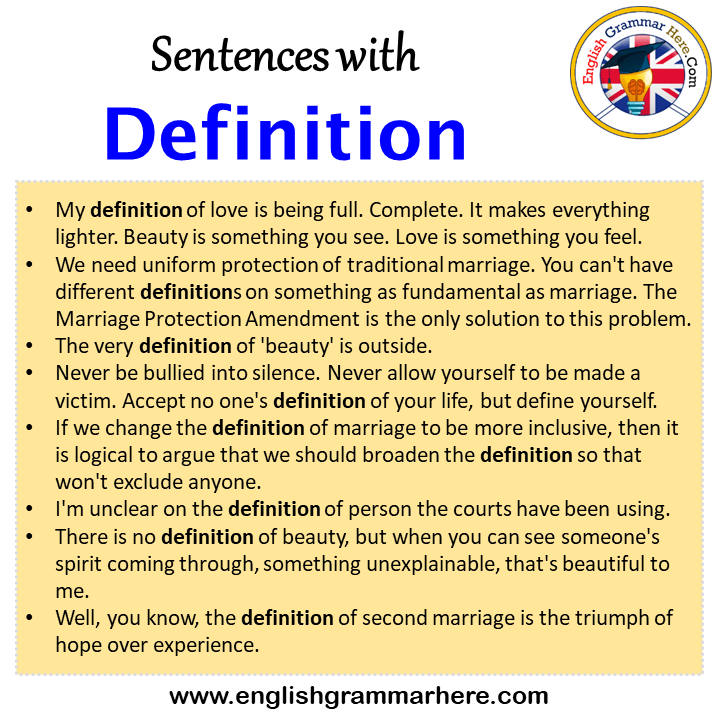Is Forcing Religion a Sin? Exploring Coercion, Freedom, and Ethics in Faith
Introduction: Understanding Religious Coercion
Religious belief is a deeply personal matter, often rooted in tradition, upbringing, and individual search for meaning. The question of whether forcing religion is a sin is both ancient and contemporary, touching on ethics, theology, legal standards, and social harmony. In this comprehensive guide, we will examine the meaning of religious coercion, its treatment in different religious traditions, and the steps individuals and communities can take to preserve religious freedom and respect.
What Is Religious Coercion?
Religious coercion is any attempt to pressure, compel, or force an individual to adopt, abandon, or practice a particular faith or set of beliefs against their free will. This can take many forms, from subtle manipulation to explicit threats or legal penalties. In the context of Christianity, the concept of
ethical coercion
has been discussed by theologians such as Reinhold Niebuhr, who noted that even non-violent approaches can raise ethical challenges when they attempt to override individual conscience
[1]
.
Religious Freedom and Human Dignity
Modern discussions of religious freedom emphasize the importance of respecting each individual’s conscience. The Catholic Church, for example, has evolved in its teaching, especially after the Second Vatican Council, to highlight that faith must be freely chosen. The Council’s document,
Dignitatis Humanae
, states that all people are “impelled by nature and also bound by a moral obligation to seek the truth, especially religious truth,” but insists that “men cannot discharge these obligations… unless they enjoy immunity from external coercion as well as psychological freedom”
[4]
.

Source: wisdomshort.com
This means that any attempt to force religious belief is not only a violation of human dignity but undermines the authenticity of faith. True belief, by its nature, requires free assent. When coercion enters, it corrupts the process and may become ethically or morally problematic.
Is Forcing Religion Considered a Sin?
The answer to whether forcing religion is a sin depends on the religious or ethical framework in question:
Christianity: Historically, some branches of Christianity justified religious coercion, sometimes through state power. However, contemporary Christian teaching generally condemns forced conversion and affirms the primacy of conscience. The Church’s coercive authority is understood as applying to internal discipline among the faithful, not as an endorsement of state-enforced belief. Coercion in matters of faith is widely viewed as contrary to the gospel call to love and respect others [2] [4] .
Other Religions: Most major world religions, including Islam, Judaism, Hinduism, and Buddhism, have teachings that discourage or condemn forced conversion. While historical exceptions exist, the trend in modern religious thought is toward upholding religious freedom as a universal human right.
Ethical Philosophy: Many secular and philosophical traditions argue that coercion violates personal autonomy and moral agency, which are foundational to ethical behavior [5] .
Legal and Social Standards
International law, including the Universal Declaration of Human Rights, affirms the right to freedom of thought, conscience, and religion. Legal systems in many countries prohibit forced conversion and protect individuals from religious coercion. If you or someone you know is experiencing religious pressure or coercion, you can often find assistance through human rights organizations, legal aid societies, or by contacting the appropriate government agency. To identify local resources, search for “religious freedom legal aid” or visit the official website of your country’s human rights commission.
How to Promote Religious Freedom in Practice
While laws and religious teachings set a framework, individuals and communities play a crucial role in upholding religious freedom. Here are actionable steps and guidance for fostering respect and freedom:
1. Encourage Open Dialogue: Create environments where people can share beliefs without fear of judgment or reprisal. This can be done in families, schools, workplaces, and community centers.
2. Educate About Religious Diversity: Learning about different faiths and traditions reduces fear and misunderstanding. Many educational institutions offer courses or workshops on world religions and interfaith dialogue.
3. Uphold Consent and Free Choice: In all activities related to faith-whether sharing beliefs, inviting others to events, or teaching children-prioritize voluntary participation. Avoid any form of manipulation, emotional blackmail, or pressure.

Source: catholicsbible.com
4. Address Coercion When Witnessed: If you observe someone being pressured to adopt or abandon a faith, offer support. Depending on the situation, this could involve private conversation, reporting to an authority, or connecting the individual with advocacy groups. For example, organizations like Human Rights Watch and Amnesty International provide information and support for those facing religious persecution.
5. Seek Guidance from Trusted Leaders: If you are unsure about your rights or responsibilities in a religious context, consult with a respected religious leader, counselor, or legal expert familiar with religious freedom issues.
Challenges and Controversies
Despite widespread agreement on the importance of religious freedom, challenges persist. In some societies, social or familial expectations can function as coercion, even without explicit threats. In other cases, state or institutional power has been used to suppress minority faiths or dissenters. Addressing these issues requires vigilance, advocacy, and ongoing dialogue between religious, legal, and civil society actors.
Some controversies revolve around the boundary between “invitation” and “coercion.” For example, teaching children about a family faith is generally considered appropriate, but using threats or punishments to enforce belief can cross the line into coercion. Similarly, making access to social or economic opportunities conditional on religious practice is widely condemned by both religious and secular authorities.
Case Studies and Real-World Examples
Historical Example: During certain periods, European states enforced religious conformity through legal penalties. The Catholic and Protestant churches both, at times, supported state coercion. These policies have since been repudiated by most modern Christian denominations, which now support religious freedom.
Modern Example: In some countries, pressure to convert or conform can come from family or community rather than the state. Advocacy organizations recommend respectful dialogue, legal recourse, and support networks as tools for those facing such pressure.
Best Practice: Many faith communities now focus on witness through example and voluntary evangelization, rejecting any form of compulsion. Interfaith organizations and civil society groups promote mutual respect and understanding as a foundation for peace and social cohesion.
Alternative Approaches and Solutions
If you are seeking to share your faith, consider these alternatives to coercion:
- Personal Testimony: Share your story without demanding agreement. Invite conversation rather than requiring conversion.
- Service and Example: Demonstrate your beliefs through acts of kindness and integrity, inspiring curiosity and respect.
- Mutual Learning: Express willingness to learn from others. Ask questions and show genuine interest in different perspectives.
For those who feel pressured, remember that support is available. Consider reaching out to local advocacy groups, religious leaders, or legal professionals for advice and assistance.
Summary and Key Takeaways
Forcing religion is widely regarded as ethically, legally, and theologically problematic. Most religious and philosophical traditions affirm the right to free belief, and international law protects religious freedom. If you are concerned about coercion, prioritize open dialogue, education, and voluntary participation. Where needed, seek support from trusted leaders or advocacy organizations.
References
- [1] WisdomLib (2025). Meaning of Ethical coercion in Christianity.
- [2] First Things (2012). Conscience and Coercion.
- [3] Georgetown University Library. The Problem of Religious Freedom.
- [4] The Public Discourse (2019). Religious Freedom, the Church, and State Coercion.
- [5] Boston University (20th WCP). Respect, Coercion and Religious Belief.
MORE FROM searchhole.com













